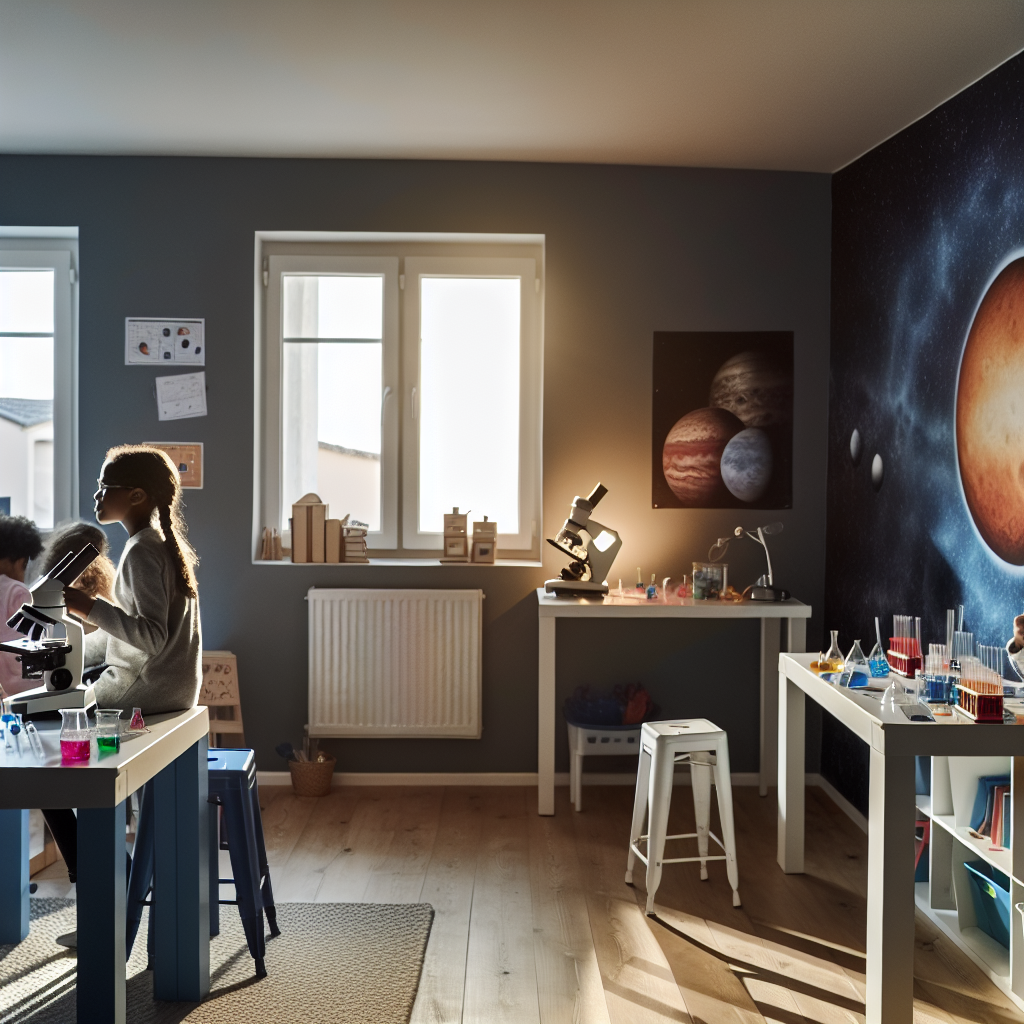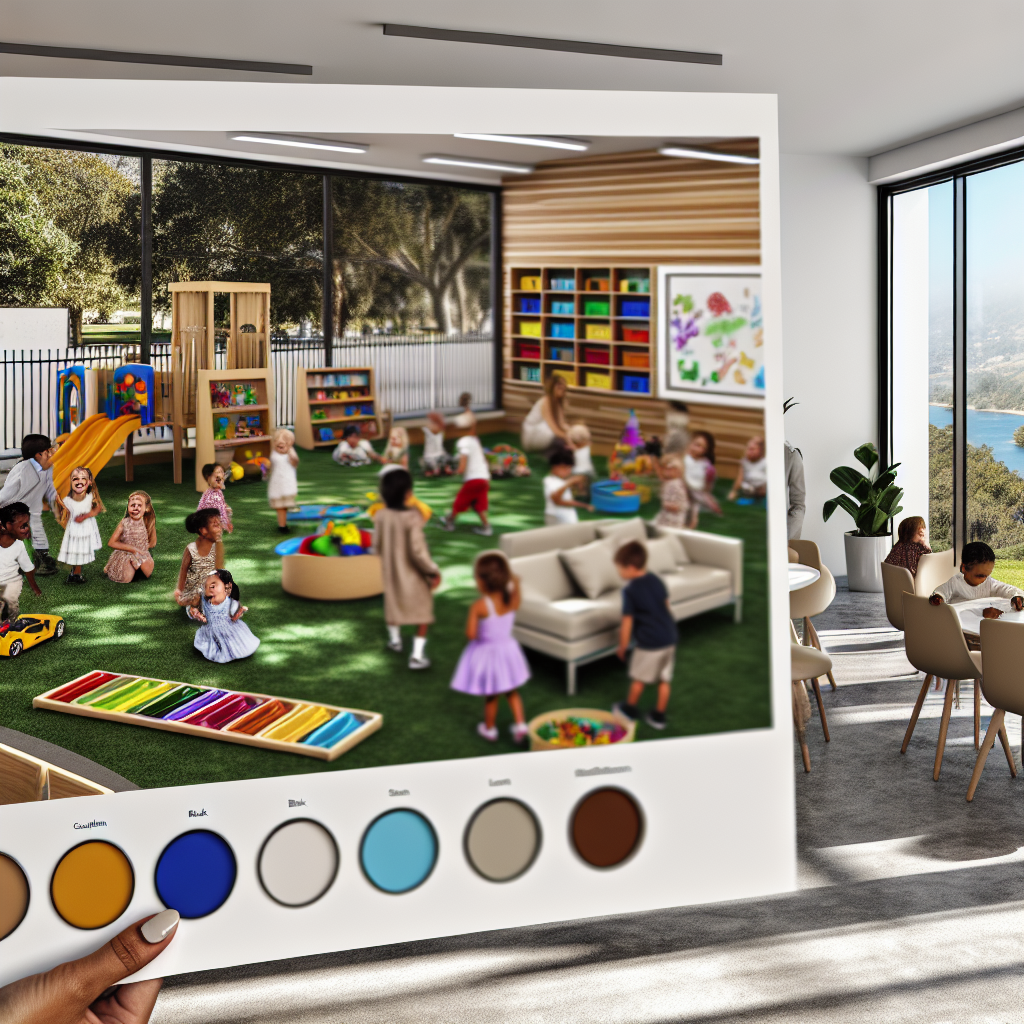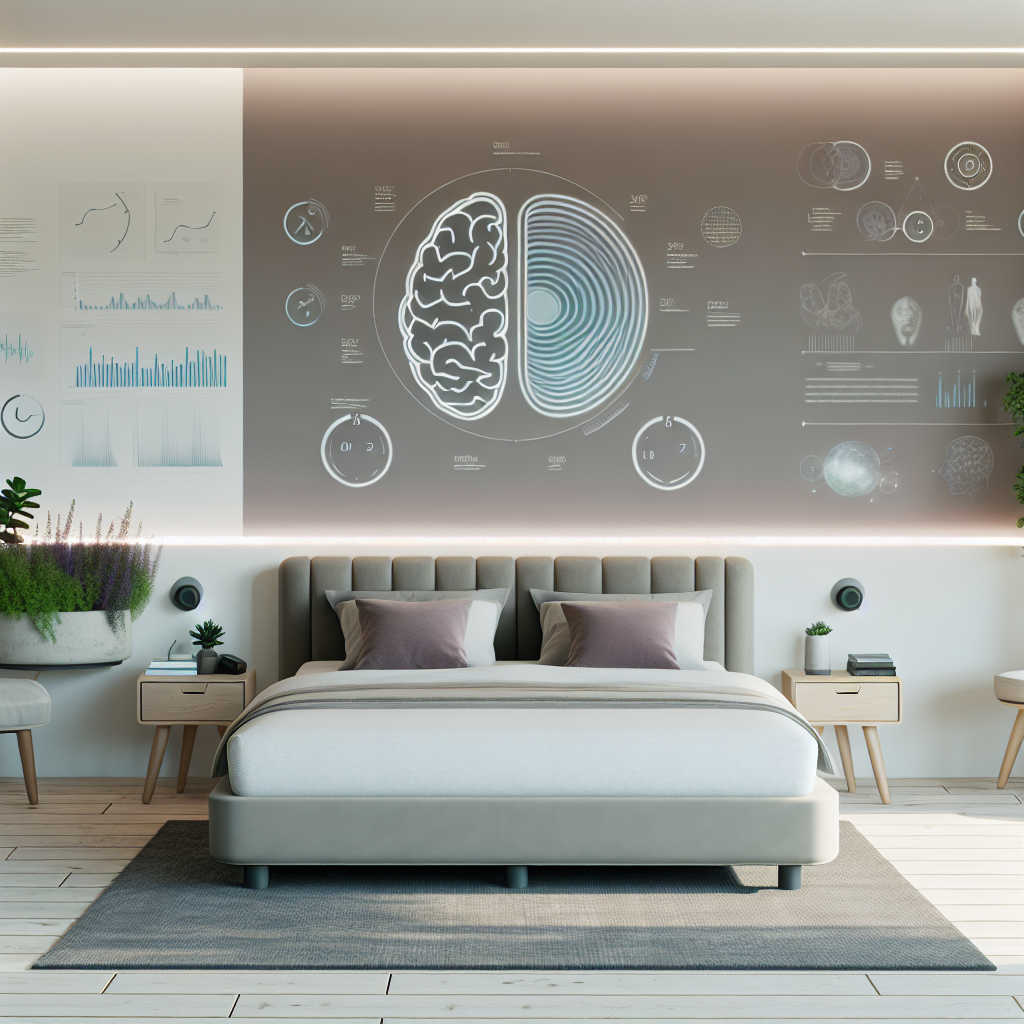STEM Labs at Home: Creating NASA-Grade Science Spaces for Young Innovators
Introduction
In an era where innovation and technology drive progress, fostering a passion for STEM (science, technology, engineering, and mathematics) in children has never been more important. Today’s young minds need more than just traditional science kits—they need immersive, hands-on environments that mirror the sophistication of NASA research hubs.
By designing an at-home STEM laboratory, parents can provide their children with unparalleled opportunities to explore robotics, artificial intelligence, chemistry, and even space simulations. This article explores why these personalized science spaces are crucial, backed by research from leading institutions, and how they can unlock a child’s intellectual and creative potential.
The Power of At-Home STEM Labs: What Science Says
Decades of research confirm the transformative impact of hands-on STEM learning. Studies from the National Science Foundation (NSF) and the American Association for the Advancement of Science (AAAS) indicate that immersive STEM experiences improve analytical reasoning, spatial intelligence, and computational thinking—skills essential for future careers in science and technology.
Findings from the Harvard Center on the Developing Child highlight that early exposure to problem-solving activities strengthens neural pathways, enhancing critical thinking abilities. Similarly, the National Institutes of Health (NIH) reports that STEM-based interactive environments boost executive function skills, helping children efficiently tackle complex problems.
A NASA-funded study further supports this idea, showing that access to real-world scientific tools—such as coding software, engineering simulations, and space exploration equipment—dramatically increases a child’s likelihood of pursuing STEM careers.
Building a NASA-Grade STEM Lab at Home
Creating a sophisticated STEM lab at home goes beyond setting up microscopes and chemistry kits—it requires intentional investments in advanced tools that inspire creativity and real-world application. Essential components of a home STEM lab include:
– AI & Coding Stations – Interactive platforms that introduce children to artificial intelligence and machine learning.
– 3D Printers & Robotics Kits – Tools to foster engineering design thinking and prototyping.
– Professional-Grade Telescopes – For deep-space exploration right from the backyard.
– Simulation Software – Programs for physics experiments, aeronautics modeling, and coding challenges.
These high-tech elements bring professional-level learning into the home, allowing young innovators to build, test, and refine their knowledge in a structured, hands-on setting.
The Lasting Impact of a Home-Based STEM Lab
Investing in a home STEM lab is about more than just acquiring expensive tools—it’s about shaping a child’s future. Research published in the Journal of Science Education and Technology shows that students who engage in self-directed scientific exploration develop stronger problem-solving skills and greater scientific literacy, better preparing them for the future.
Furthermore, a well-equipped home STEM lab mirrors the methodologies used at prestigious institutions like NASA’s Jet Propulsion Laboratory. By fostering an environment of structured creativity, parents provide children with opportunities to think independently, experiment confidently, and innovate fearlessly.
Conclusion: The Future Starts at Home
A NASA-grade STEM lab at home is not just a luxury—it’s a crucial step toward developing future scientists, engineers, and innovators. By providing access to cutting-edge tools, immersive experiences, and structured exploration, parents can cultivate in their children a lifelong passion for discovery. Scientific research confirms that hands-on STEM learning accelerates cognitive growth and strengthens problem-solving abilities, giving young minds the skills they need to shape the future.
For families committed to fostering innovation and scientific literacy, there’s no greater investment than a home STEM lab—a place where curiosity thrives, imagination takes flight, and the next generation of pioneers begins their journey.
Summary:
This article highlights the importance of creating a NASA-grade STEM lab at home to foster a passion for science, technology, engineering, and mathematics in children. It explores the transformative impact of hands-on STEM learning, backed by research from leading institutions, and provides a roadmap for building a sophisticated home STEM laboratory that mirrors the methodologies used at prestigious organizations like NASA. By investing in advanced tools and immersive experiences, parents can unlock their children’s intellectual and creative potential, preparing them for future careers in STEM fields.
References:
– [Harvard University Center on the Developing Child](https://developingchild.harvard.edu)
– [National Institutes of Health (NIH)](https://www.nih.gov)
– [NASA STEM Education Resources](https://www.nasa.gov/stem)
– [Journal of Science Education and Technology](https://www.springer.com/journal/10956)

Dominic E. is a passionate filmmaker navigating the exciting intersection of art and science. By day, he delves into the complexities of the human body as a full-time medical writer, meticulously translating intricate medical concepts into accessible and engaging narratives. By night, he explores the boundless realm of cinematic storytelling, crafting narratives that evoke emotion and challenge perspectives. Film Student and Full-time Medical Writer for ContentVendor.com



